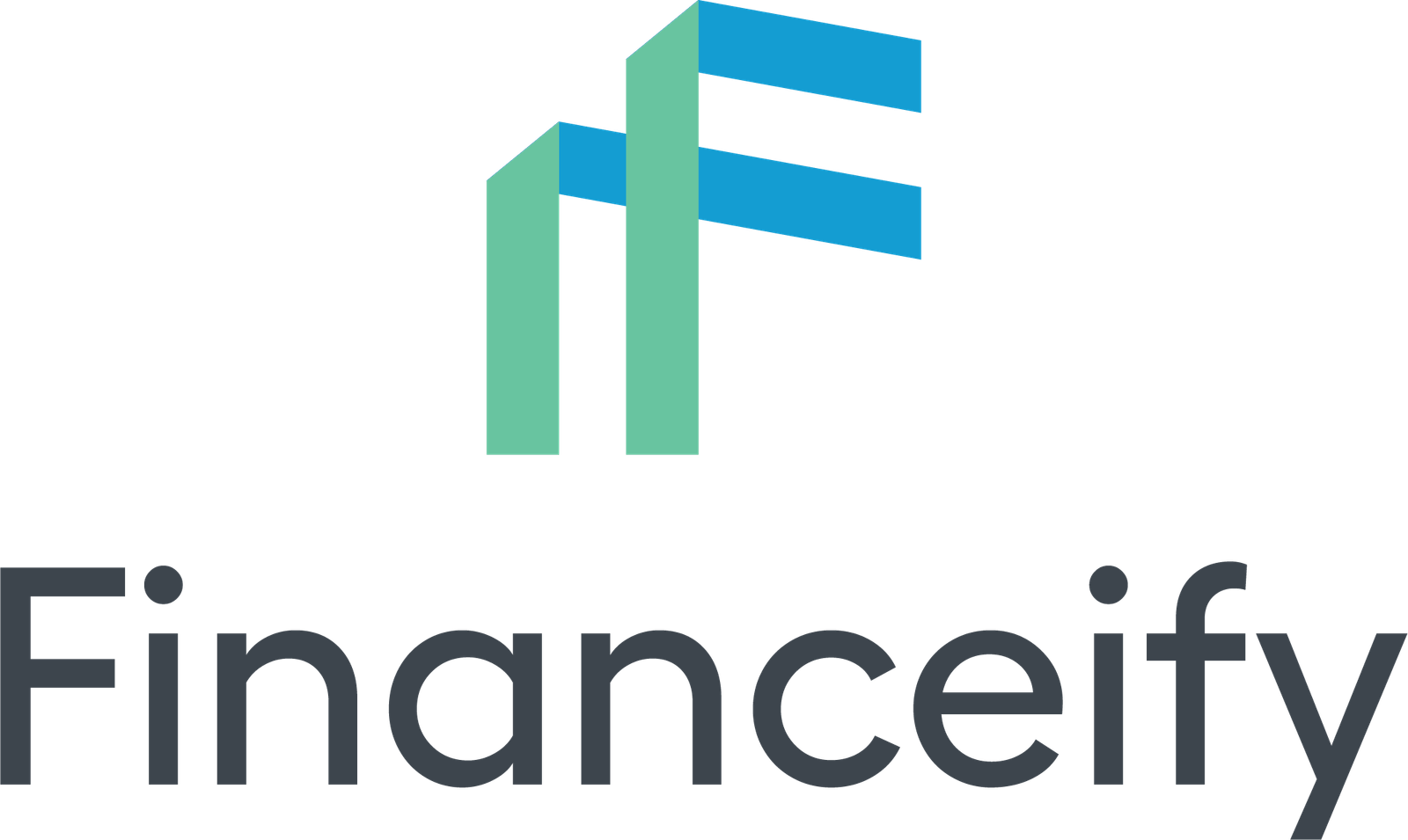(March 14, 2005) Instead of simply viewing tax time as a blessed end to the season of financial planning, last-minute meetings and cramming RRSPs, advisors can leverage the tax resources provided by mutual fund companies at this time of year to help clients and themselves.
One such offer is Mutual Funds Tax Guide, comes annually from Mackenzie Financial. Carol Bezaire, associate vice president of tax and estate planning at Mackenzie, says advisors like detailed explanations about capital gains and expenses and where each should be included on a client’s tax return.
In addition to real samples of current T-slips, the guide includes examples of various investment scenarios to explain exactly what customers are being taxed for.
On other pages, the guide contains a list of the 10 most important items that are most often flagged in a Canada Revenue Agency (CRA) audit. Some advisors should pay attention to this – one of the key recommendations is to keep travel plans and separate tax receipts for business-traveling spouses. Other factors that may come to the CRA’s attention include: allowable losses on business investments, processing fees, large charitable donations and tax installments. This year, medical expenses were also on the list. Clients are advised to keep meticulous records, especially if they plan to move to a care facility such as a nursing home.
“We also face various tax issues related to different products. Many people sell an employee-sponsored fund once a year at the RRSP deadline, but within a year they forget about the tax treatment and benefits. It’s a year-round reference guide,” Bezaire says. “It’s quite a comprehensive solution. Every year we look at what else can be added or subtracted.”
The 45-page guide also discusses issues such as the tax implications of fund mergers and the different tax treatment of mutual funds and spin-off funds. By popular demand, the Adjusted Cost Base (ACB) worksheet has also appeared.
“There is no way for all companies to know where customers have everything,” he says. “One of the most difficult things clients can do is track the adjusted cost basis of their investments.”
The seven-column sheet includes space to enter the date and description of the transaction, the total amounts paid, including commissions and reinvested distributions, the return of the capital component, the ACB of any units redeemed, and the number of units held to calculate the ACB per unit. “It’s a useful thing for advisors and investors to use for every purchase and sale.”
Whether the guide simply answers questions about the different types of income generated by a mutual fund or simplifies the process of reliably calculating a client’s adjusted tax basis, each scenario provides an opportunity to advise and talk to clients about saving money. It also gives you the opportunity to refer a client to a trusted tax advisor or accountant if they are part of your referral network.
This is the ninth edition of the Mackenzie Guide. The document was developed over a four-to-six-month period by a team of corporate tax advisors, marketing specialists and customer service groups. It can be downloaded from Mackenzie’s website website.
Filed by Kate McCaffery, Advisor.ca, kate.mccaffery@advisor.rogers.com
(14/03/05)


